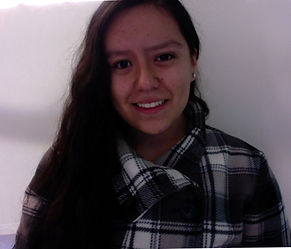Principals of Design



The principles of design are concepts used to organize or arrange the structural elements of design. Again, the way in which these principles are applied affects the expressive content, or the message of the work.
BALANCE: The distribution of visual weight within a composition. The way elements are arranged to create. A feeling of Equilibrium. 1.Symmetry 2. Asymmetry 3.radial symmetry
EMPHASIS: Also called focal point, this is a compositional strategy where the artist creates an area that pulls the viewer’s eye toward an important part of the image.
VARIETY: The combining visual elements to achieve intricate and complex relationships. It is a technique used by artists who wish to increase the visual interest of their work.
REPETITION: The repeating of a visual element of the design to relate the parts to one another. It is one way to add Unity to a piece of artwork. By repeating an object within a composition your can create a sense of whole to the overall piece.
RHYTHM: Intentional, regular repetition of lines of shapes to achieve a specific repetitious effect or pattern.
Unity/ Harmony: The principle of design that combines elements in a work of art to emphasize the similarities of separate but related parts.
MOVEMENT: Movement refers the the arrangement of elements throughout the picture plane that forces your eye to move around the image. This principle does not refer to simulating movement of an object within the photograph, painting or drawing.
PROPORTION: The size relationship between 1 part of an image to another part of the image, or the relationship between 1 part of the image to the whole image.

Describe your image.

Describe your image.

Describe your image.
My image shows proportion beacuse i have dissorted, made my eyes nose and mouth bigger than normal.


